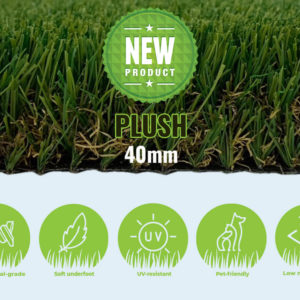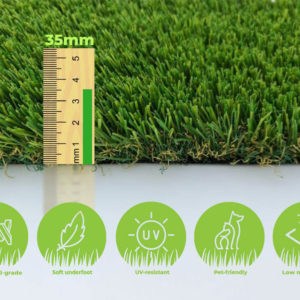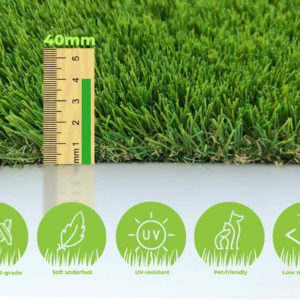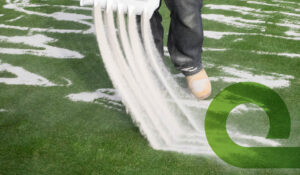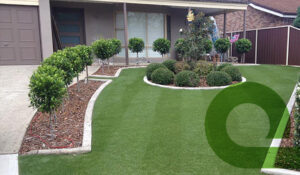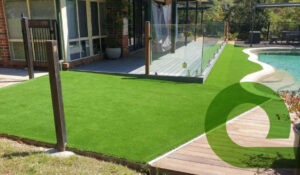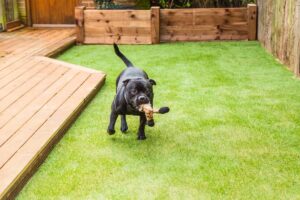Playgrounds play a crucial role in shaping the childhood of children, especially in Australia where kids love to spend their time outdoors and enjoy the sunshine. The playground is where they can explore their creativity, engage in physical activities and make lifelong friends. With the importance of creating a safe and comfortable environment for children, the choice of surface for playgrounds is crucial. Artificial grass has emerged as a favoured option for many, especially those looking to provide a fun and secure environment for kids to play on. In this informative guide, we will delve into the world of artificial grass and its suitability for playgrounds. We’ll cover everything you need to know, from the benefits to installation and safety, to help you make an informed decision.
Introduction
Choosing the right surface for a playground is important, and with so many options available, it can be difficult to know what is the best choice. Artificial grass is a great option for playgrounds due to its many benefits, including durability, low maintenance, and safety. In this guide, we’ll discuss why artificial grass is the ideal surface for a playground and how it can provide a safe and enjoyable environment for children.
Safety Considerations for Playgrounds
Playgrounds are a place where children play and explore, and it’s important that they are safe. Artificial grass provides a safe environment for children as it is soft, cushioning and non-toxic. Additionally, it is designed to be safe for children, as it is made of materials that are not harmful to them. In comparison to natural grass, artificial grass is a safer option for playgrounds as it is not prone to insect infestations, and it does not pose the risk of being slippery when wet.
Artificial Grass for Playgrounds – The Advantages
Artificial grass is a great option for playgrounds due to its many benefits. Here are some of the main advantages of artificial grass for playgrounds:
Durability and low maintenance
Artificial grass is designed to be durable and low maintenance, making it an ideal option for playgrounds. Unlike natural grass, it does not need to be watered or mowed, which can be time-consuming and expensive.
Soft and cushioning surface
Artificial grass provides a soft and cushioning surface for children to play on, reducing the risk of injury. This is especially important for children who are just learning to walk and run, as it provides a safe environment for them to do so.
Drainage capabilities
Artificial grass is designed to drain water effectively, ensuring that the surface remains dry and safe for children to play on. This is especially important for areas with high rainfall, where natural grass can become slippery and pose a risk to children.
Non-toxic and safe for children
Artificial grass is made of materials that are non-toxic and safe for children. This is important as children are more vulnerable to the effects of chemicals and toxins than adults.
Eco-friendly
Artificial grass is an eco-friendly option as it does not require the use of pesticides, fertilizers, or water to maintain it, unlike natural grass.

What is the Best Artificial Grass for Playgrounds?
There are many different types of artificial grass available, and it can be difficult to know which is the best option for a playground. Some of the most popular types of artificial grass include:
Nylon
Nylon is a popular choice for playgrounds due to its durability and low maintenance. It is also soft and cushioning, making it an ideal option for children to play on.
Polyethylene
Polyethylene is another popular choice for playgrounds due to its softness and cushioning properties. It is also very durable and low maintenance, making it a good choice for busy playgrounds.
Polypropylene
Polypropylene is known for its good drainage capabilities and is ideal for playgrounds in areas with heavy rainfall. It is also UV resistant and has good color fastness, making it a good option for outdoor use.
When choosing the best artificial grass for a playground, it is important to consider the specific needs of the area. Factors such as climate, foot traffic, and maintenance requirements should all be taken into account. Additionally, it is important to consider the safety and comfort of children playing on the surface. Artificial grass with a lower pile height is generally considered to be safer, as it is less likely to cause tripping or injury.
Eastcoast Synthetic Artificial Grass Types
Installation of Artificial Grass for Playgrounds
Installing artificial grass for playgrounds is a complex process that requires the right tools, materials, and skills. The process involves preparing the ground, laying the artificial grass, and finishing it off with a professional touch.
Steps involved in installing artificial grass for playgrounds:
Preparation of the ground
This includes removing any existing grass or debris and making sure the ground is level and free of rocks or other obstacles.
Installation of the underlay
This involves laying a suitable underlay to provide a stable base for the artificial grass to rest on.
Laying the artificial grass
This involves unrolling the artificial grass and cutting it to the right size. It is important to lay the artificial grass in a way that minimizes seams and ensures that the grass lays flat and evenly.
Finishing: The final step involves securing the artificial grass in place, making sure that it is properly aligned, and finishing it off with a professional touch.
Importance of professional installation
Professional installation is crucial for ensuring that the artificial grass is installed correctly, and that it provides a safe and durable surface for children to play on. A professional installer will have the right tools, materials, and skills to ensure that the artificial grass is installed to the highest standards, and that it will last for years to come.
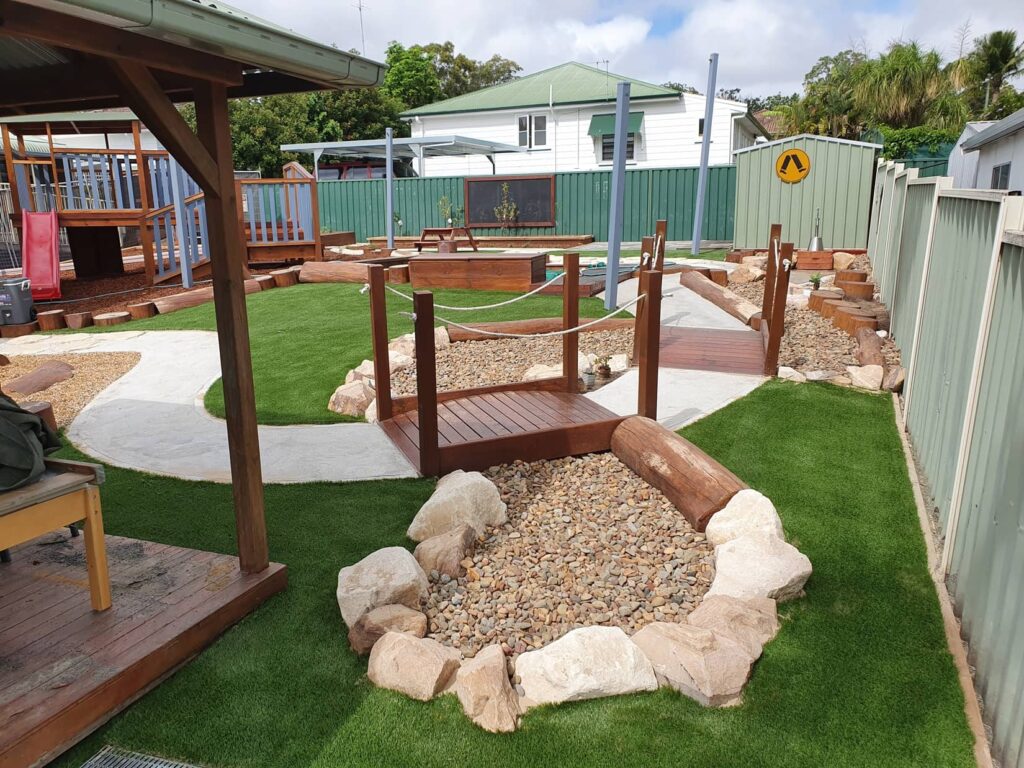
Can You Put a Swing Set on Artificial Grass?
Swing sets are compatible with artificial grass, and they can provide children with a fun and engaging play experience. However, it is important to make sure that the artificial grass is installed correctly, so that it can support the weight of the swing set and provide a safe playing surface for children.
Swing sets on artificial grass have several advantages over those on natural grass. Artificial grass provides a soft, cushioning surface that is safe for children, and it is also low maintenance and durable. In contrast, natural grass can become patchy and uneven, and it can become wet and slippery, making it an unsafe surface for children to play on.
Can You Just Lay Artificial Grass on Dirt?
Laying artificial grass on dirt is possible, but it is important to consider several factors before doing so. For example, it is essential to make sure that the ground is level and free of rocks, and that it has been cleared of any debris or grass. The ground should also be properly prepared to provide a stable base for the artificial grass to rest on.
Laying artificial grass on dirt is a cost-effective option, but it is important to consider the potential downsides. For example, dirt can become compacted, and it can be difficult to achieve the proper drainage for the artificial grass. This can lead to water pooling, which can cause mold and mildew to form. Additionally, dirt can also shift and move over time, which can cause the artificial grass to become uneven and cause tripping hazards.
On the other hand, laying artificial grass on concrete or other hard surfaces can provide a more stable base, but it can also be more expensive. It is important to consider the specific needs of the playground when deciding which surface to lay the artificial grass on.
What is the Downside of Artificial Grass?
Artificial grass is known for its low maintenance and durability, but there are also potential downsides to consider. One of the biggest downsides of artificial grass is the heat buildup on hot days. This can make it uncomfortable for children to play on, and it can also be a fire hazard. Artificial grass can also be slippery, especially when it is wet, which can be a safety concern for children. Additionally, some people may find the artificial grass to be less aesthetically pleasing than natural grass.
While artificial grass has its downsides, it is important to consider the downsides of natural grass as well. Natural grass requires a significant amount of maintenance, including regular watering, mowing, and fertilization. Natural grass can also become damaged or worn, especially in high traffic areas, and it may require frequent replacement. In comparison, artificial grass is low maintenance and does not require frequent replacement.
What is Best to Put Under Artificial Grass?
The underlay is a critical component of an artificial grass installation. It provides a base for the artificial grass to sit on, and it helps to create a soft and cushioned surface for children to play on. There are several different types of underlay available, including foam, rubber, and sand.
Different types of underlay
Foam underlay is a popular option due to its softness and cushioning properties. However, it can be more expensive than other types of underlay. Rubber underlay is another option that provides cushioning, but it can also be more expensive than foam. Sand underlay is a cost-effective option, but it is not as soft as foam or rubber, and it can be less effective at providing cushioning.
For a playground, the best type of underlay is foam or rubber. These materials provide the best combination of softness, cushioning, and durability. They also help to reduce the risk of injury for children and create a safer play area. Additionally, foam or rubber underlay is a good option for areas that are prone to heavy foot traffic, as it will not compact over time like sand underlay.

Is Artificial Grass Good for Children?
Benefits of artificial grass for children
Artificial grass offers several benefits for children’s play areas. Firstly, it provides a soft and cushioned surface that reduces the risk of injury in the event of a fall. Secondly, it is low maintenance and does not require watering, mowing or fertilization, making it ideal for areas that are used frequently. Additionally, artificial grass does not get damaged or worn over time, which is an important consideration for play areas.
Comparison of artificial grass with other surfaces in terms of safety
Artificial grass is a safe and suitable surface for children to play on. However, it is important to choose the right type of underlay, such as foam or rubber, to provide adequate cushioning. Other surfaces, such as concrete, asphalt or wood chips, do not provide the same level of cushioning as artificial grass and can increase the risk of injury in the event of a fall.
Choosing the right surface for a playground
Choosing the right surface for a playground is crucial to ensure that children are safe while they play. Artificial grass provides a safe and suitable surface for children to play on, but it is important to choose the right type of underlay to provide adequate cushioning. This will help to reduce the risk of injury and ensure that children have a fun and safe play experience.
Should Artificial Grass be Glued Down?
When it comes to installing artificial grass, there are several different methods to choose from. Some common methods include gluing the artificial grass down, using a loose-lay method, or using a combination of both. The method of installation will depend on the specific project requirements, the type of surface being covered, and personal preference.
Gluing Down Artificial Grass versus Other Methods
Gluing down artificial grass is a popular method of installation, as it provides a secure and long-lasting surface. However, this method can also be more time-consuming and requires more tools and materials. The loose-lay method is a quicker and simpler method, but it may not provide as much stability and may require additional adjustments over time. Ultimately, the choice between gluing down the artificial grass or using a loose-lay method will depend on the specific requirements of the project and personal preference.
Importance of Choosing the Right Method of Installation
Choosing the right method of installation is important as it affects the overall look and functionality of the artificial grass surface. A well-installed artificial grass surface will look great and provide a safe and comfortable environment for children to play on. On the other hand, a poorly installed surface can cause a number of issues, including tripping hazards, uneven surfaces, and premature wear and tear. It is therefore important to carefully consider the different methods of installation and choose the one that best suits the specific requirements of the project.
Do You Need Drainage Under Artificial Grass?
Good drainage is an important consideration when installing artificial grass, especially in areas that receive a lot of rain or are prone to water accumulation. Poor drainage can cause a number of problems, including mold and mildew growth, erosion of the underlying surface, and even potential safety hazards. A well-designed drainage system helps to prevent these issues and ensures that the artificial grass remains functional and safe for children to play on.
Different Types of Drainage Solutions
There are several different types of drainage solutions for artificial grass, including permeable base layers, drainage channels, and drainage mats. Each solution has its own advantages and disadvantages, and the best option will depend on the specific requirements of the project.
Best Type of Drainage Solution for Artificial Grass
For a playground, a permeable base layer is often the best option as it provides good drainage while also creating a soft and cushioned surface for children to play on. Drainage channels and mats can also be effective, but they may not provide as much cushioning and may require additional maintenance. It is important to choose a drainage solution that provides adequate drainage while also creating a safe and comfortable environment for children to play in.
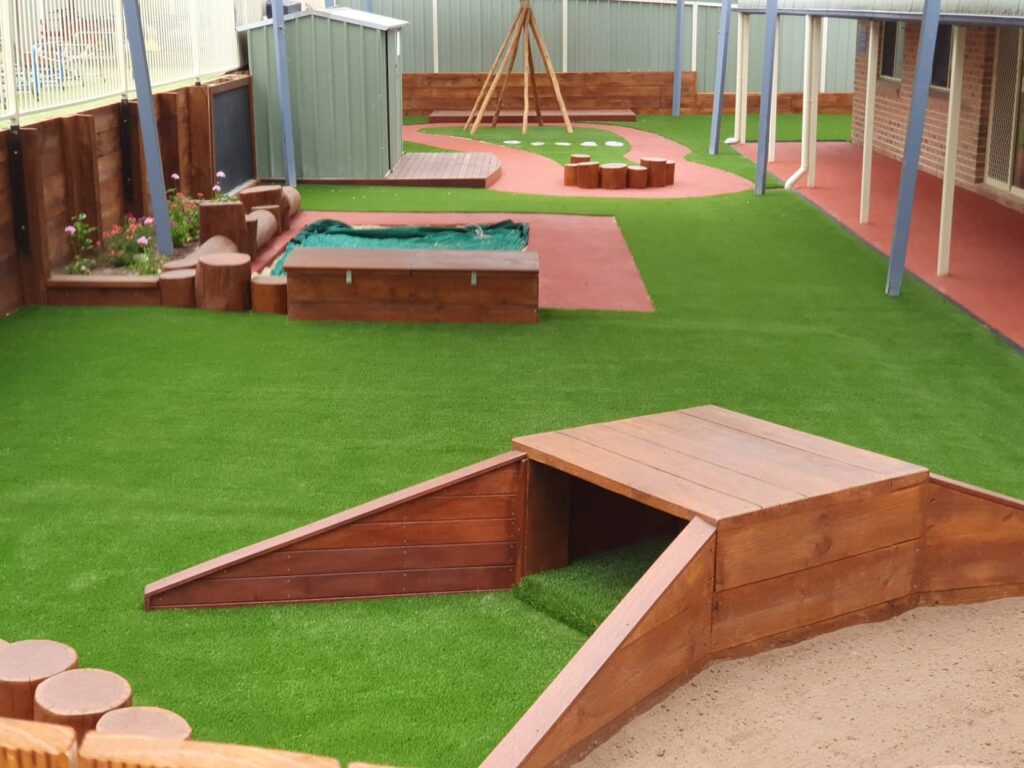
Summary of the Benefits of Artificial Grass for Playgrounds
As a professional in the field, Eastcoast Synthetics highly recommends artificial grass as an ideal choice for playgrounds. Our team of experts are knowledgeable and experienced in the installation of artificial grass, making sure that it is low maintenance, safe, and durable for children to play on. We serve families and schools throughout Australia, including major cities such as Sydney, Newcastle, Central Coast, Melbourne, and Brisbane.
When it comes to creating a fun and safe environment for children to play in, choosing the right surface is crucial. Don’t leave it to chance, consult with the professionals at Eastcoast Synthetics to ensure your playground is safe and durable for years to come. With our expertise, we’ll make sure that you have a playground that not only provides a safe and fun environment for children, but also one that stands the test of time.



